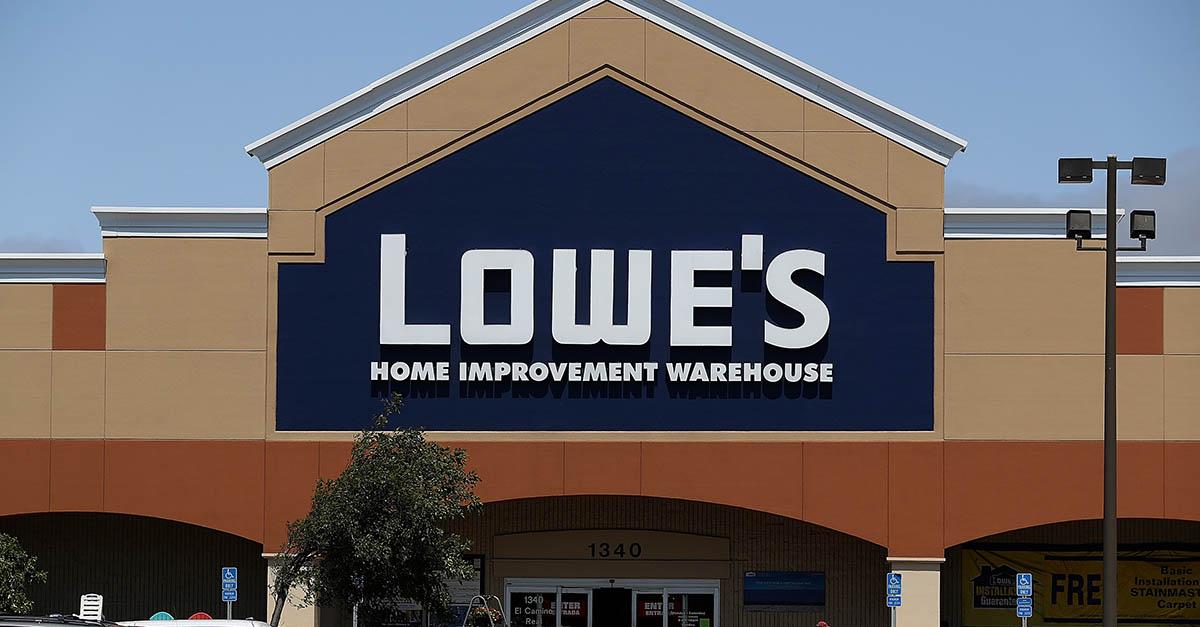By Amber Burton
CHRO Daily
Home improvement retail company Lowe’s is scrambling to fill the widening gap in the industry, announcing earlier this week that the Lowe’s Foundation, the company’s nonprofit arm, would launch a grant program investing $50 million to prepare 50,000 people for skilled trades jobs.
The commitment is in addition to the company’s internal training program for workers who want to learn skilled trades. Lowe’s executive vice president of human resources, Janice Dupré, spoke with Fortune about how and why the retail company is tackling the skills gap from inside and outside the company.
This interview has been edited and condensed for clarity.
Fortune: Why is Lowe’s committed to gapping the industrywide skills shortage now?
Janice Dupré: We’re in home improvement, so we work with professional customers. We know the backlog they’re dealing with on jobs, and it’s not because of product, and it’s not because the jobs are big. The biggest deal is that they don’t have enough people, and we’re seeing this trend as well. The industry has a skills shortage, and we want to do our part.
Can you share more about the Lowe’s Foundation’s new grant program?
Through the Gable Grants program, we’re investing $50 million over five years to produce 50,000 people into the skilled trades. And the way we’re doing that is through two tranches. The first tranche is partnering with community and technical colleges to ensure students get a well-rounded education heavily focused on trades so they can go straight into business on their own or into an employment opportunity with an organization.
The second tranche starts in August when we open the grant up to community partners to support some of their efforts to produce more people in the skilled trades.
What needs do the grants speak to in the current labor market?
We know for sure that the labor shortage in construction is real. A quarter of construction workers are expected to retire in the next five years, and nobody is taking their place because we don’t even have enough youth pursuing this area or in our population to take care of this.
I would also offer that nearly 14% of the population is African American or Black, but they make up just 5% of the construction workers. We have an opportunity to help a community that wants to pursue this career path to get to work. And then women account for approximately 11% of construction workers overall, just 2% of electricians, and 1% of plumbers. So, this is about how we can do our part to influence and encourage people.
Lowe’s does a lot of reskilling and training internally. How does this work overlap with that?
Back in 2018, we launched an internal program called Track to the Trades, and this was when we began to understand the limitations of staffing and available talent in trade skills. We decided to launch an internal development program where you had to work with Lowe’s for some time before applying for the program, and we paid for your education and certification.
We intended to launch employees to work as entrepreneurs or with skilled trades organizations. But we found that many of our associates wanted to get those skills and stay within Lowe’s, so we worked to make that possible. Nearly 3,500 graduates have gone through the internal training program, but we have over 4,000 people currently enrolled.
More companies are investing in learning and development, knowing that employees could leave their employers after training. What is the real benefit of development opportunities in a tight labor market?
Our biggest mission is to become the employer of choice in retail. That strategy has three pillars: a good job, a sense of belonging, and a promising future. We’ve heard from our associates that they want to be here, so how do they grow their careers?
Our tuition-free program allows them to get the education and certifications needed to navigate different roles within Lowe’s. They want to chart their paths, which could be becoming a tradesperson and moving out of Lowe’s or maybe owning their own business. But we have seen 80% of our store leadership roles filled within the last year, and that’s a commitment.
Sign up here to receive Fortune CHRO Dally Newsletter


